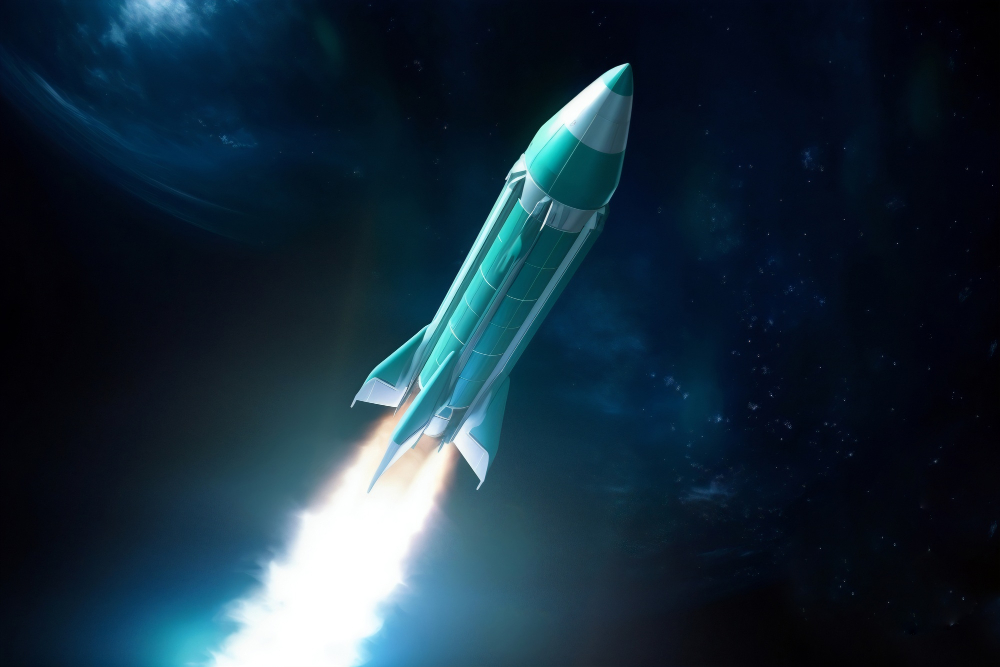Since the beginning of time the aerospace industry has constantly developed to create the possibilities in flying. Aerospace engineering today has been advancing across multiple fields in order to make safer, cleaner as well as more effective air transport. This blog will look at the most promising innovations in aerospace engineering. of the most exciting technologies that are changing what’s to come in the next decade of aviation.
More Intelligent Aircraft Design
One of the main goals for in the aviation industry lies on to develop intelligent and optimized models for aircraft. Engineers are utilizing advanced materials, digital modeling as well as artificial intelligence, to design aircrafts that are less heavy, more efficient with regards to fuel consumption, as well as highly optimized to serve their intended purpose.
Innovative lightweight materials such as carbon fiber composites as well as aluminum-lithium alloys can enable significant weight reductions. In comparison to conventional aluminum and carbon fiber composites, these new materials could reduce the weight of aircraft by between 15 and 30 percentage while keeping strength and durability. A lighter plane means less carbon emissions and lower fuel consumption.
Computerized simulations that are complex and sophisticated as well as computational fluid dynamics simulation also enable aerospace engineers to improve designs digitally to ensure maximum effectiveness. Software models millions of possible design variations to identify the most efficient solutions. The optimization process is used to shape wing designs as well as engine location and flight control surfaces as well as a myriad of other design components.
In the future Artificial Intelligence is on track to transform the design of aircrafts. AI algorithms can be adept of studying design principles and inventing new, innovative ideas for airframes. By combining AI and generative design software can create aircrafts with unimaginable effectiveness.
Alternative Propulsion Technologies
The propulsion systems of aircraft of the future must to be more efficient, less noisy and more eco-friendly. Since aviation is the source of around percentage of the global carbon dioxide emissions scientists are working on new ideas for propulsion that reduce the carbon footprint of the flight.
Propulsion using hybrid and electric power shows the potential to reduce regional flight times. Electric motors could propel small planes, while hybrid systems combining gas turbines with electric motors could be a good fit to power bigger airliners. NASA’s X-57 Maxwell is an experimental entirely electric plane with 14 electric motors on the wings.
Fuel cells made of hydrogen are a different non-emissions technology. They combine hydrogen with oxygen to create electricity. smooth, quiet propulsion. Water is the only product. Hydrogen-powered planes may become possible by utilizing improved hydrogen storage technologies.
Ingenuity like boundary layer digestion have also improved the fuel efficiency of conventional turbofan engines. The technology allows the airflow of the boundary layer directly into the engine, decreasing drag while allowing improvements in propelling efficiency.
Automation and Intelligent Flight Controls
The automated nature of flight is a significant change in the aviation industry. Autopilot and Fly-byWire flight control have decreased the workload of pilots. Furthermore, advances in the field of artificial intelligence and sensors, as well as activation have enabled higher levels of autonomy in flight.
Advanced computer vision technologies can allow aircrafts to spot conditions of weather, terrain obstacles and more that require no human oversight. Artificial Intelligence “co-pilots” can monitor flight systems, anticipate potential issues and provide recommendations for human pilots. Intelligent systems like these will enhance pilots, and will facilitate the acceptance of completely autonomous flight.
Self-flying, fully autonomous aircrafts may first be seen as air taxis that ferry passengers along short air routes. The autonomous aircraft holds the possibility of changing the way cargo transportation is conducted as well as military operations, personal aviation and a host of different areas. The way to usher in the future of autonomous flight will require the removal of massive safety and regulatory obstacles.
Advanced Materials and Manufacturing
The manner in which aircraft are built and constructed is evolving rapidly thanks to new materials and manufacturing techniques. The aerospace industry is embracing new materials such as nanocomposites, meta-materials and smart materials that allow lighter and better-equipped aircraft.
The advent of additive manufacturing (3D printing) can also transform the production of aerospace. 3D printing enables complex and optimised geometries to be manufactured as single parts. This can reduce manufacturing processes in terms of material, waste, as well as assembly requirements. Aircraft creators have already begun 3D printing engine components, wing parts or fuselage segments, as well as various other parts.
Automation of manufacturing can increase the precision and consistency of manufacturing for greater control of quality. Assembly lines for aerospace are evolving into increasingly automated and digitized factories that produce parts and assemblies. In spite of the expensive upfront cost new manufacturing processes are expected to streamline production.
The Future of Sustainable Aviation
To meet increasing demand for air travel while minimising the environmental impact of aviation is the biggest problem. It is estimated that the Airbus Global Market Forecast predicts that there will be a nearly double of the world’s aircraft fleet in 2038. New technology is essential in ensuring that the growth is long-term.
Future concepts planes such as the wing-body composite Centurion using boundary layer propulsion may reduce the amount of fuel consumed by as much as 60 to 80%. The latest technologies, such as electro-aerodynamic propulsion with ionic winds could one day make it possible to fly without emissions. Innovative designs such as the flying-wing Cirrus Vision Jet could also provide benefits by utilizing hybrid propulsion.
Even though the process isn’t perfect The foundations for the sustainable use of air travel are in place. The next decade will bring advancements in the procedure of study, design and test. Aviation is poised to progress in a thrilling new age powered by human imagination and ingenuity.
Conclusion
From AI to electrification new aerospace technologies that are transformative are coming in the era of change in this epoch of flying. The demand for air travel is higher than ever before. Yet the growing concern about pollution from aviation mean that it needs to evolve rapidly in order to be eco-friendly and less polluting. The coming generation of design of aircraft and propulsion systems, as well as Avionics, materials, as well as manufacturing techniques will enable aviation industry meet the demands of the future of passengers as well as the environment. Make sure you buckle your seatbelts as the future of sustainable development of aviation is on the horizon.


